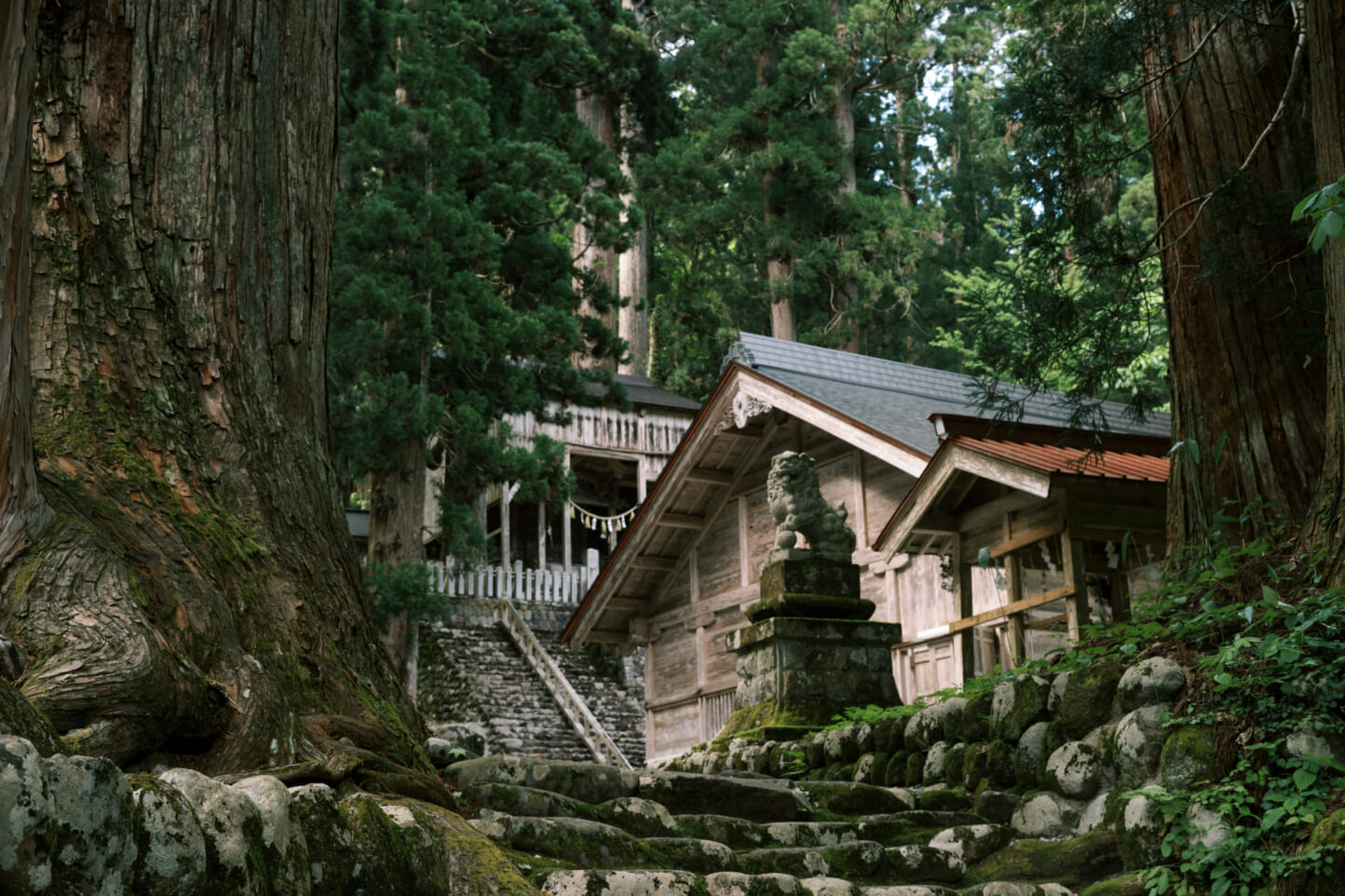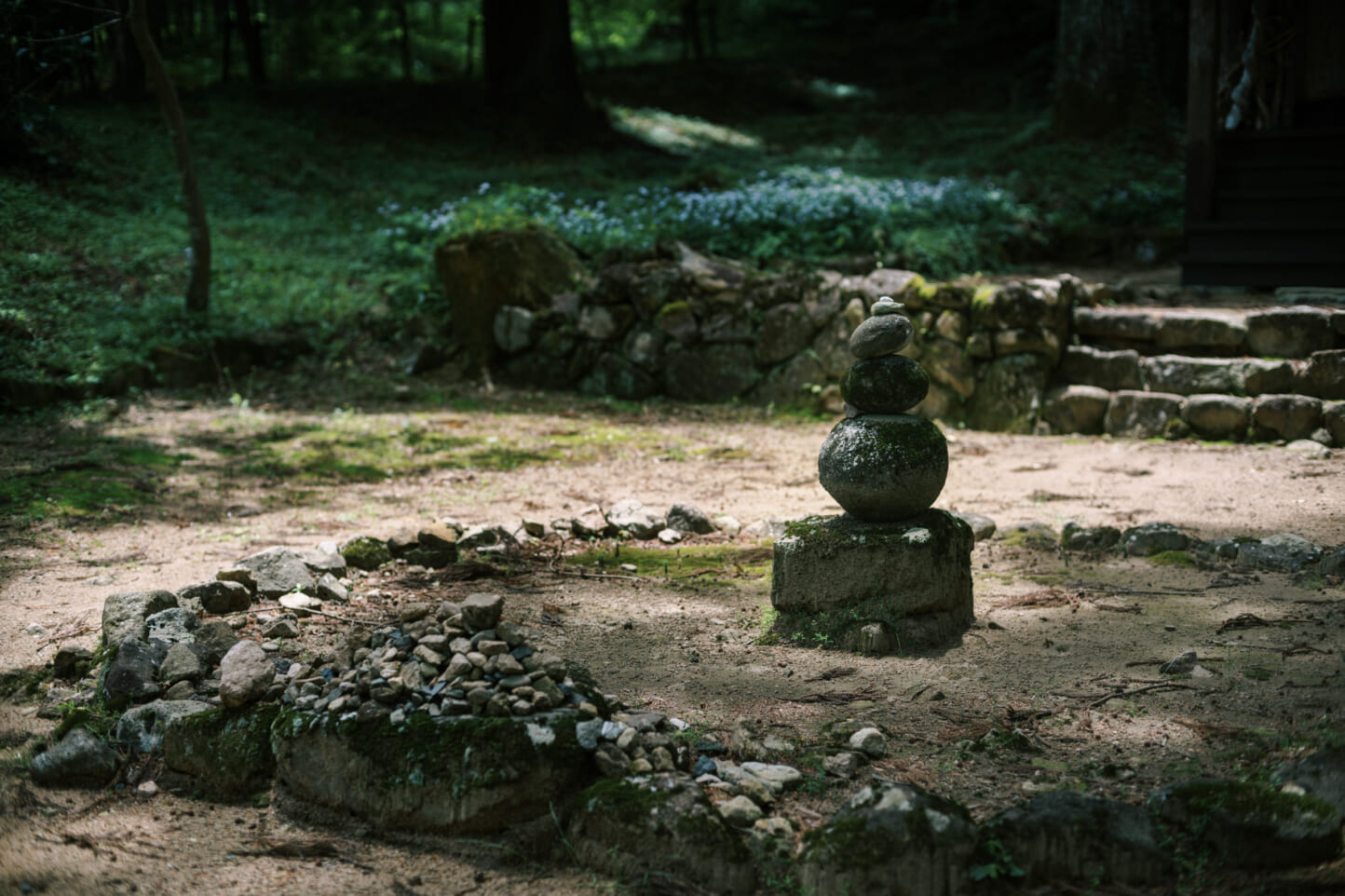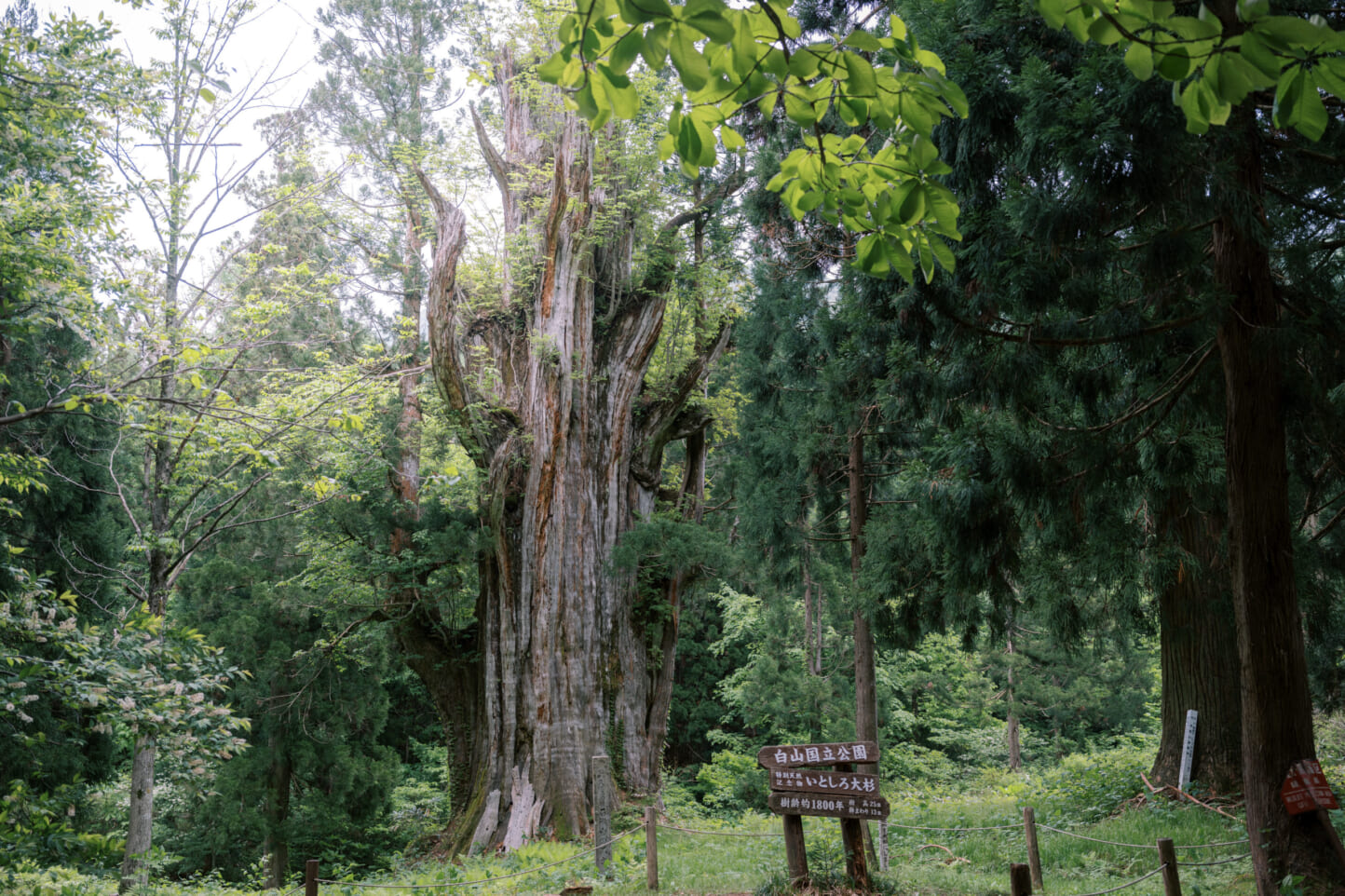Visiting a Spiritual Place
“Feel the Energy of Hakusan-shinko – Itoshiro”
“Feel the Energy of Hakusan-shinko – Itoshiro”
- Tag:
Mt Hakusan (The White Mountain) is a mountain covering by snow throughout the year. It is also a huge independent mountain that covers 4 prefectures, with lots of water coverage and large area of plain providing rich fertilities. People worship rain and snow as a gift from the gods. They worship the mountains and pray to thanks the gods.
A trainee monk called Taicho arrived at the peak, spread Hakusan-shinko (Hakusan Faith) and expended the area of his shrine in 717. Haku (White) means “Purifying”, “Flawless” and “Reborn”. People came to the peak seeking these three. How did they climb up to the peak? Let us show you around “Mino Zenjodo (Ascetic path)” where many historic landmarks remain.
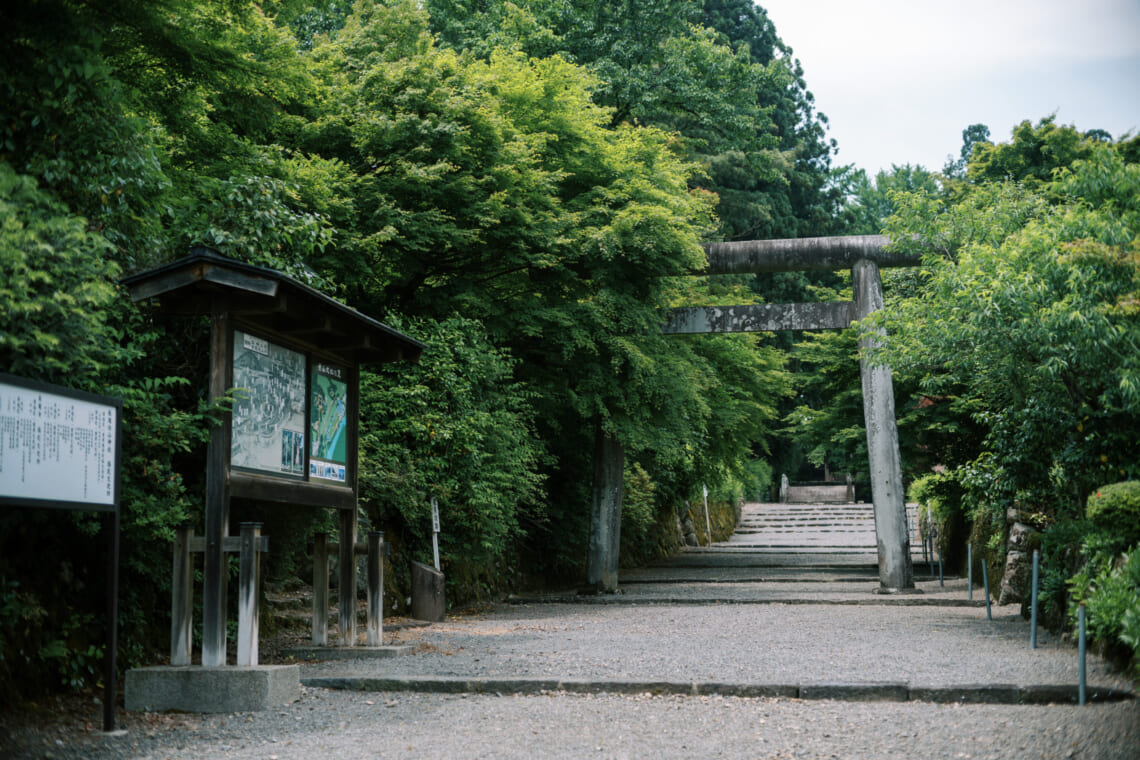
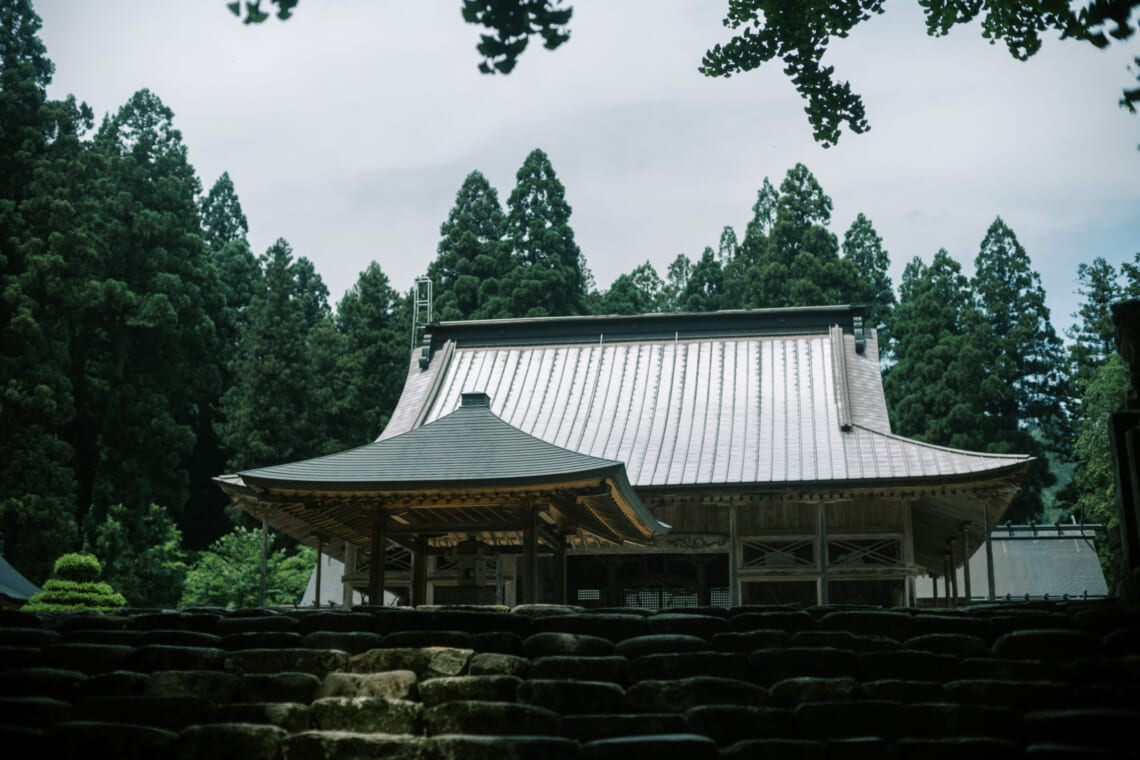
Climbing for worship started here at
“Nagataki Hakusan-jinja Shrine”
The time now is 10am. After going down from Shirotori Interchange of Tokai Hokuriku Expressway and driving north along Nagaragawa Railway for 10 minutes, we arrive at the parking area of Nagataki Hakusan-jinja Shrine.
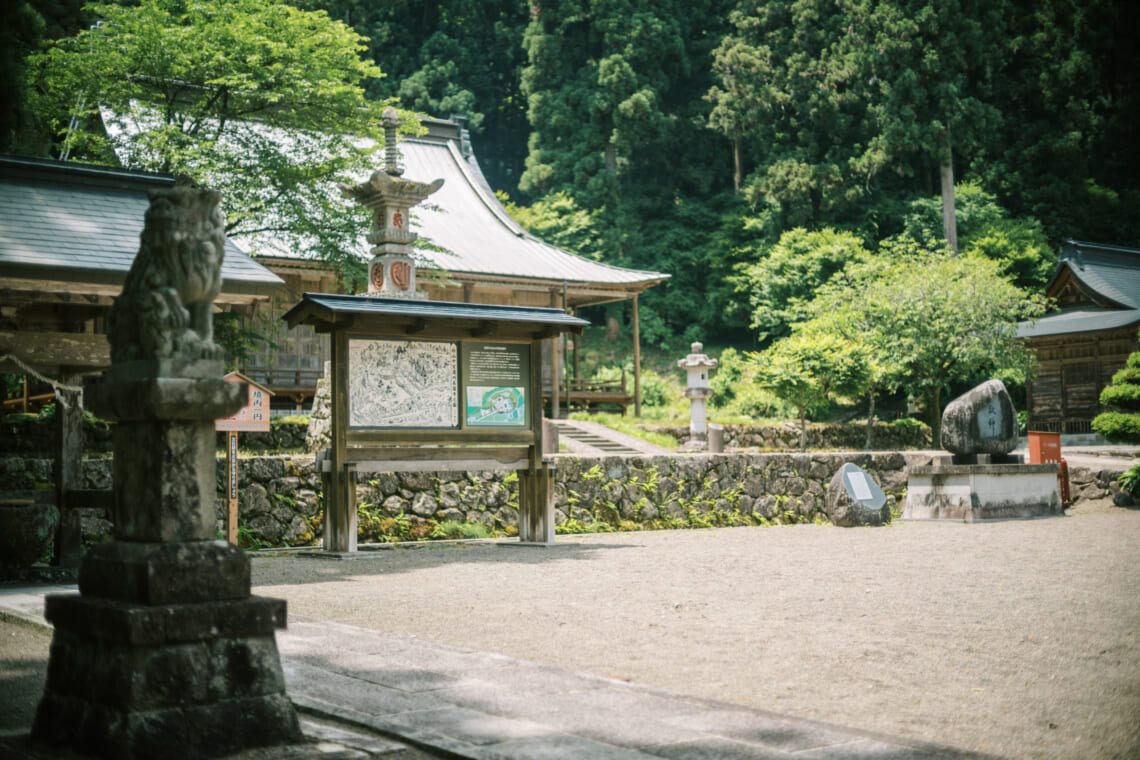
Reconfirming from the old map, there were lots of places to stay for the monks. Crossing the hump bridge, we can enter the area of the shrine after climbing the stairs.
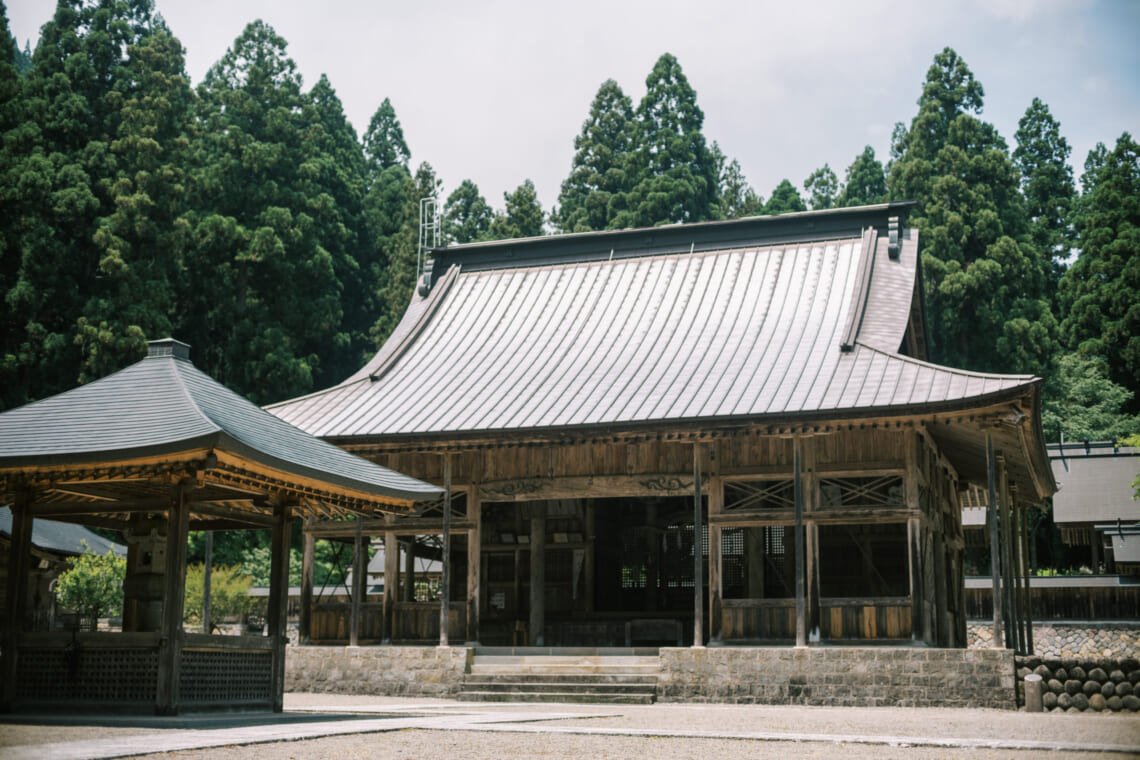
One of the four shrines established by Taicho when he expended the area on Hakusan is “Hakusan Chugu Choryuji Temple*”. The Mino base of the three shrines “Mino Banba” accepted worshiper from the Tokai area. During the peak seasons, thousands of worshipers were going up and down the mountain.
*After the Meiji era, according to the Ordinance Distinguishing Shinto and Buddhism, “Nagataki Hakusan-jinja Shrine” and “Choryuji Temple” were separated.
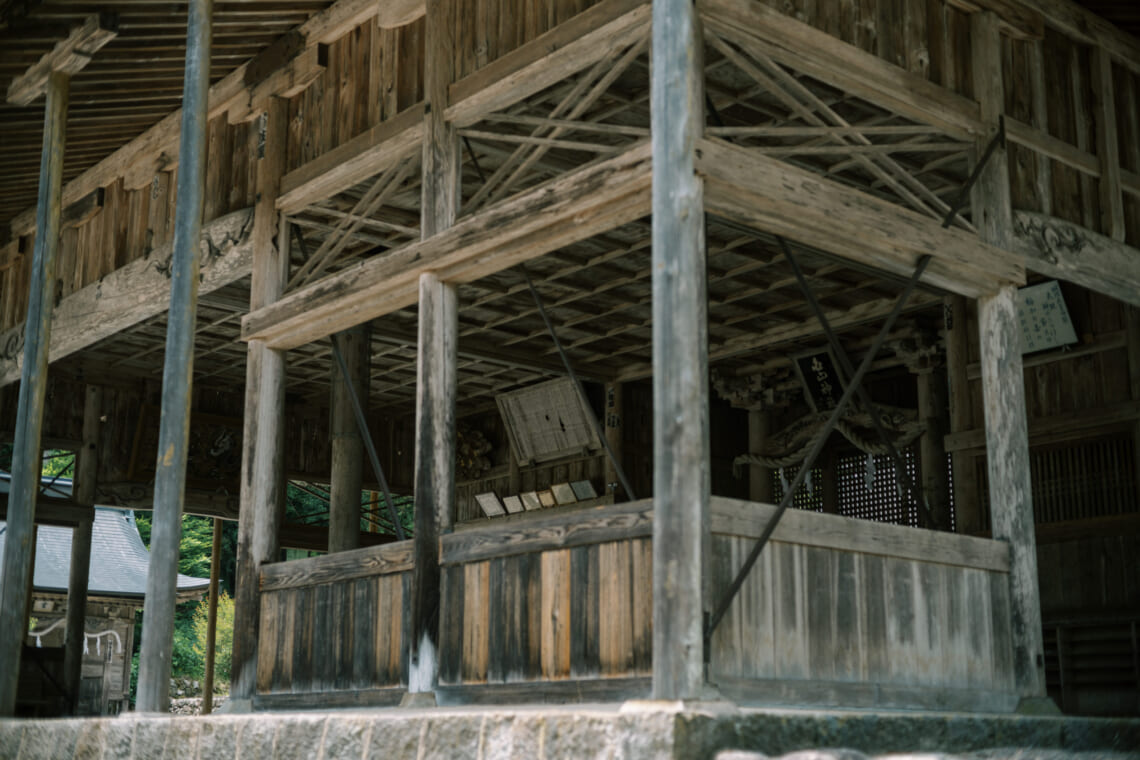
It is known as the border of the gods and normal people. If you want to proceed, please be prepared.
People usually stay for 1 or 2 days at Muro (Place to stay), appreciating the beautiful Buddha statues and paintings and visiting places of legends to calm down. Listening to the sayings of the monks and participating the ritual could make people to get closer to the gods. After doing all these, people were ready to enter and climb up the mountain.
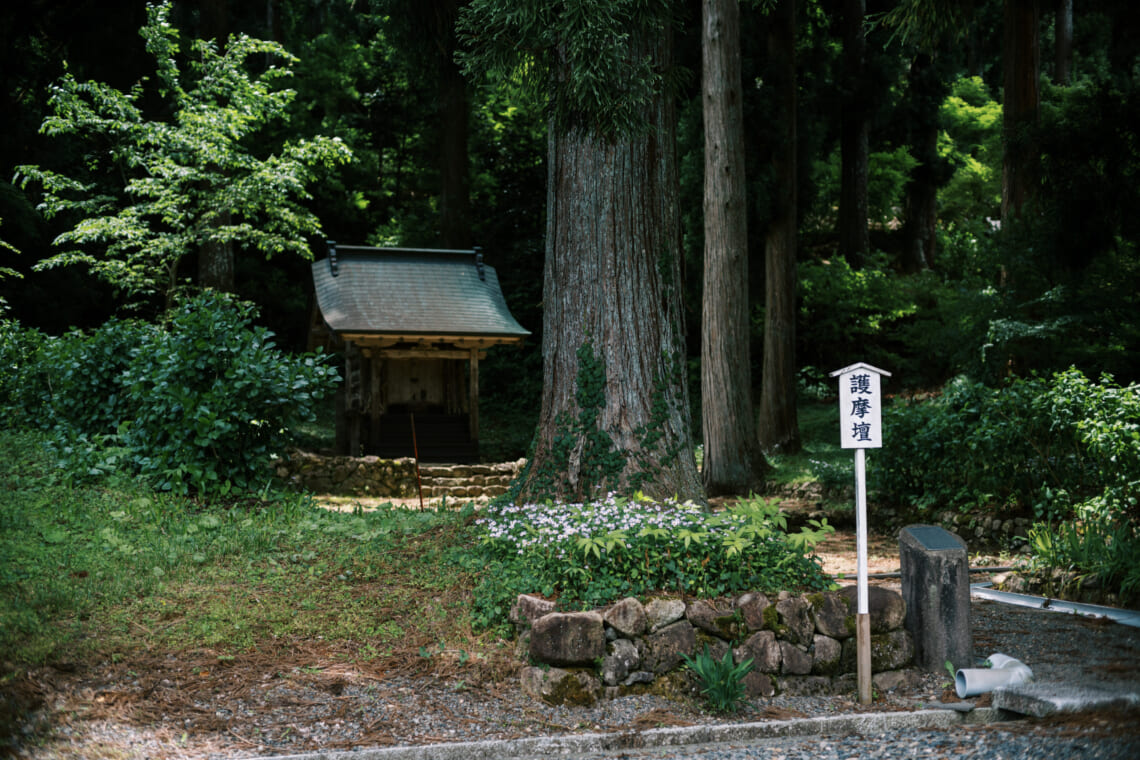
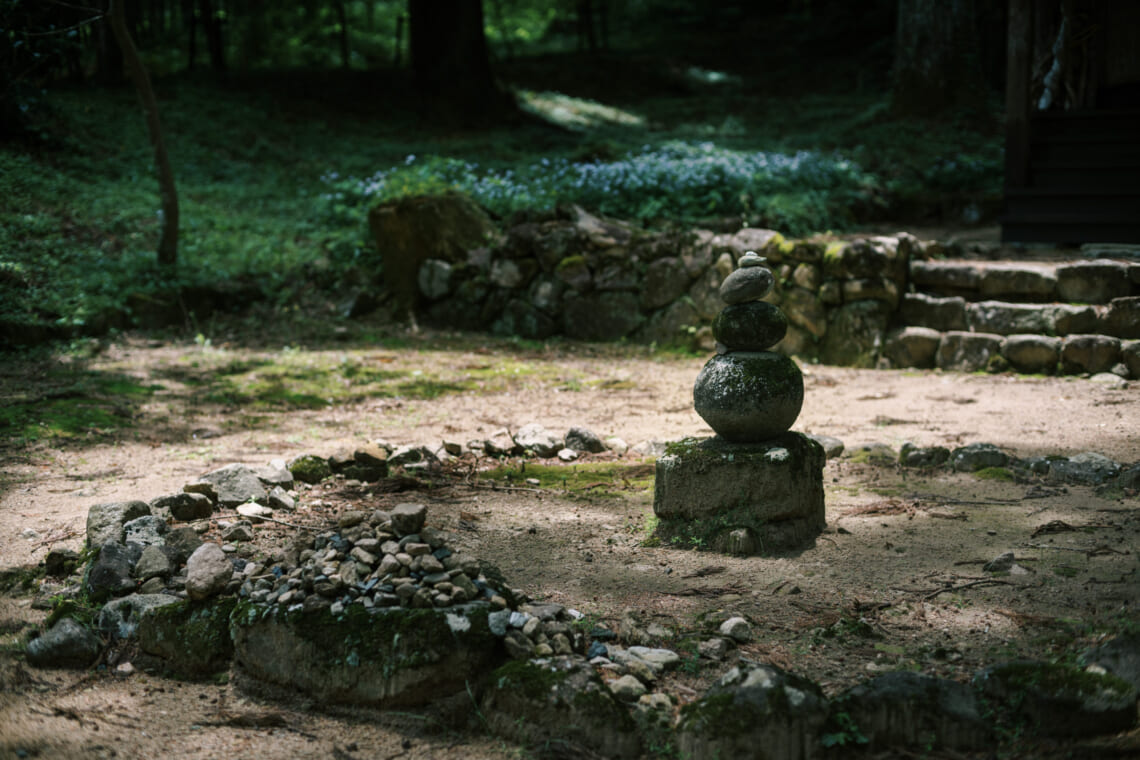
You can find plenty of historic landmarks and signs after entering the area. Signboards with explanation are placed along the paths so you can visit and know all about the history on your own (Japanese only). This Homa ritual remains is a place for burning the Homa and praying. The preparing room remains of the shrine is a place for the monks to receive training before entering the mountain.
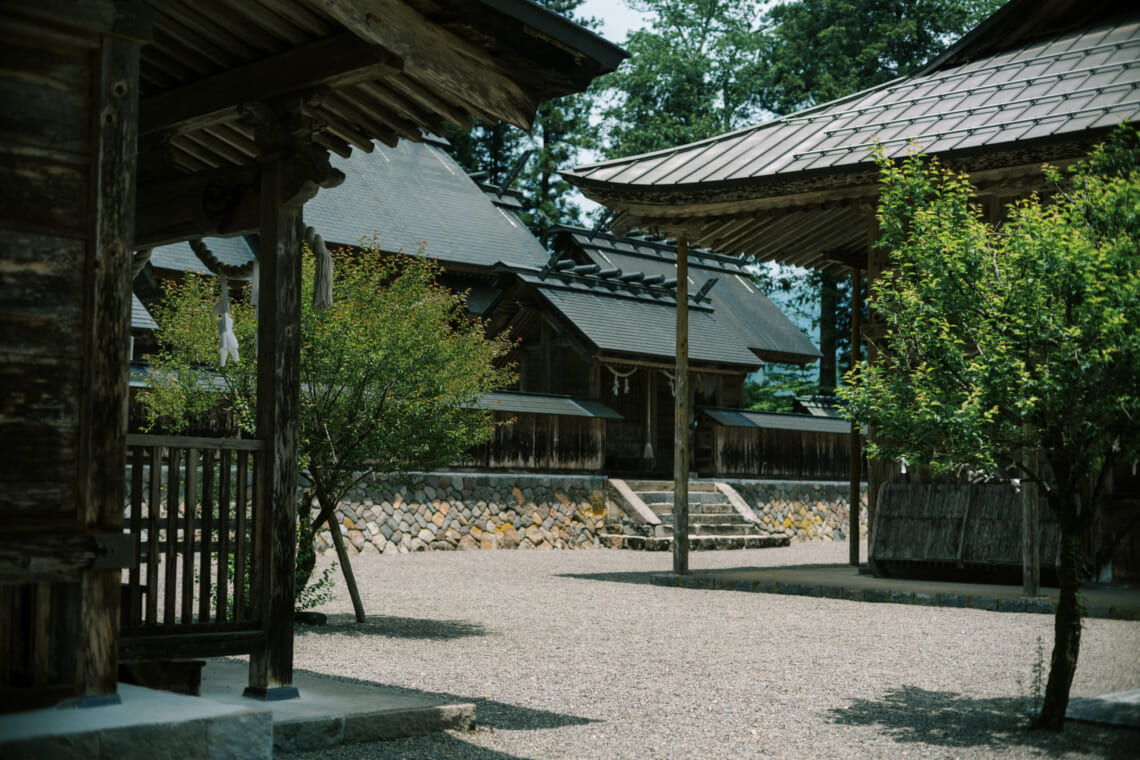

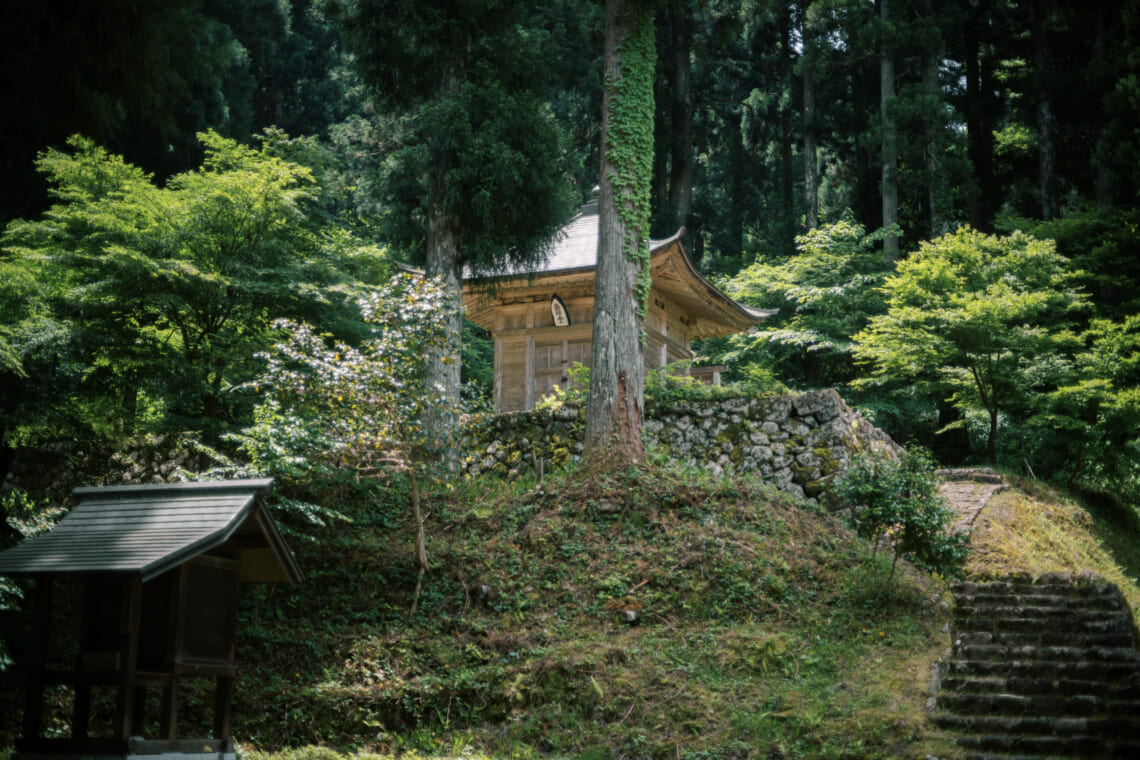
The Honden (Main shrine) located at the back of the Haiden (Front shrine) is simulating the three tips of Mt Hakusan with the three Hakusan shrines.
The Hall of Bhaisajyaguru was built after the three shrines when the infectious disease was relieved by Taicho.
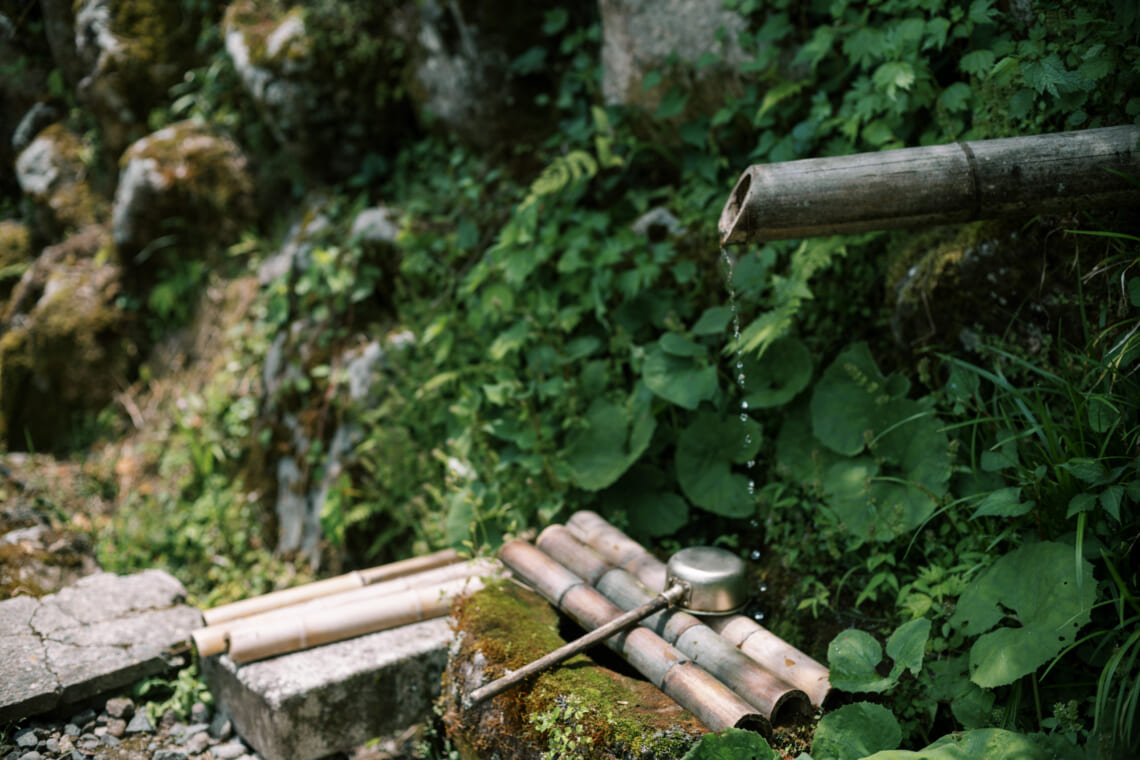
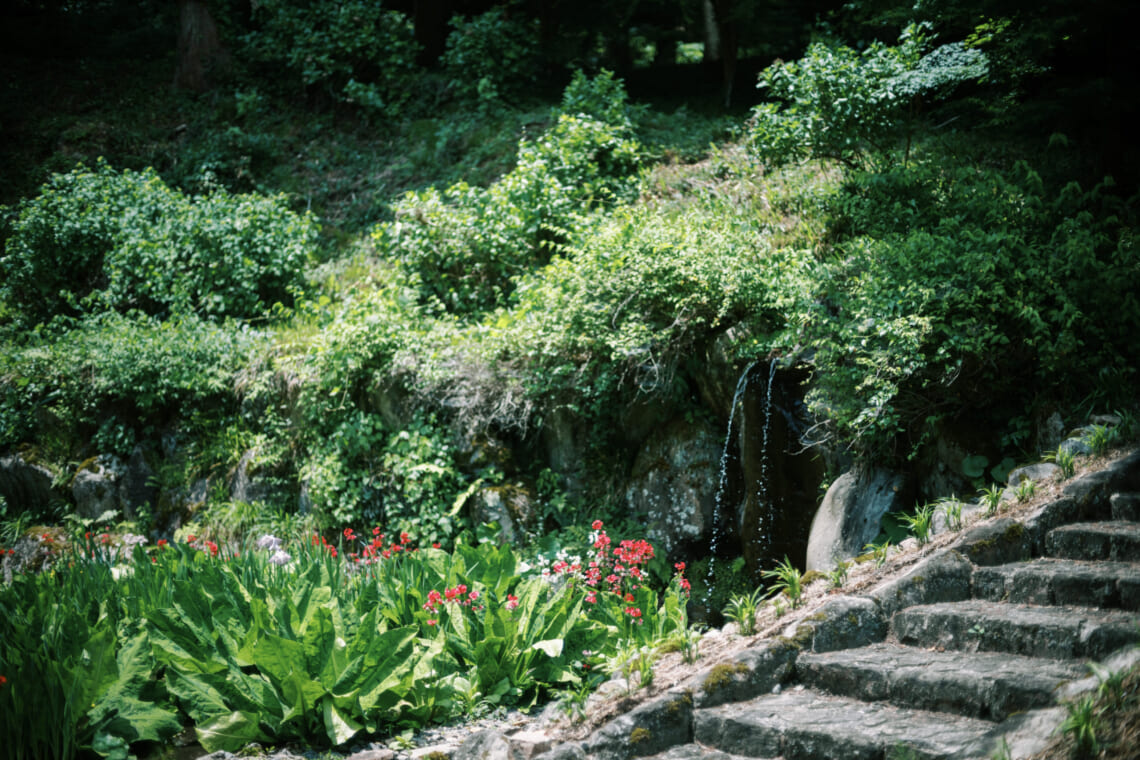

The sound of water you can hear everywhere is a kind of healing. We try a miraculous water called Ennensui (Longevity water). Walking along the small paths and side roads on the old map makes me curious about this land making the time more meaningful.
About TABITABI Gujo

TABITABI Gujo editorial
TABITABI Gujo is a general media site for sightseeing in Gujo introducing attractive tourist spots in Gujo with a slogan of “Gujo, a place you want to visit many many times.” While knowing more about Gujo, we continue providing information on travel suggestions during each season in different areas, as well as the latest information of Gujo-shi.


